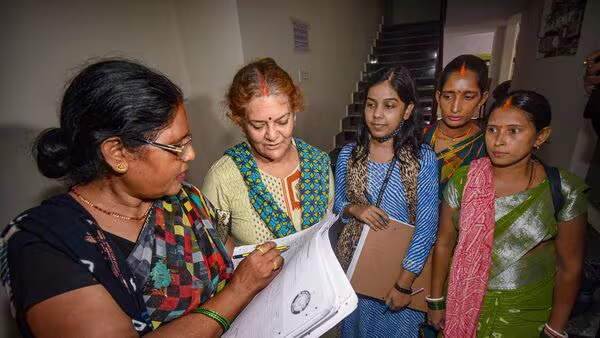India is gearing up to launch its long-awaited national census in 2025, marking the first population count in 16 years—and the first to be conducted entirely in digital format. Originally scheduled for 2021, the census was delayed due to the COVID-19 pandemic. Now, with renewed focus, the government is preparing to roll out what could become the country’s most significant demographic survey in decades.
What makes this census unique is the inclusion of caste-related questions, which has already sparked debate in political and social circles. Aside from a short socioeconomic study in 2011, India has not collected detailed caste data since the contentious 1931 British census. The inclusion of caste in the 2025 census could have long-term implications for affirmative action policy, resource distribution, and political representation.
Beyond its technical and political innovations, the census will provide critical insights into migration, employment, education, housing, language, and family structures. These datasets are vital for crafting effective public policy and developmental programs. As India strides into its digital future, the 2025 census may prove to be both a mirror and a map for the country’s next chapter.




